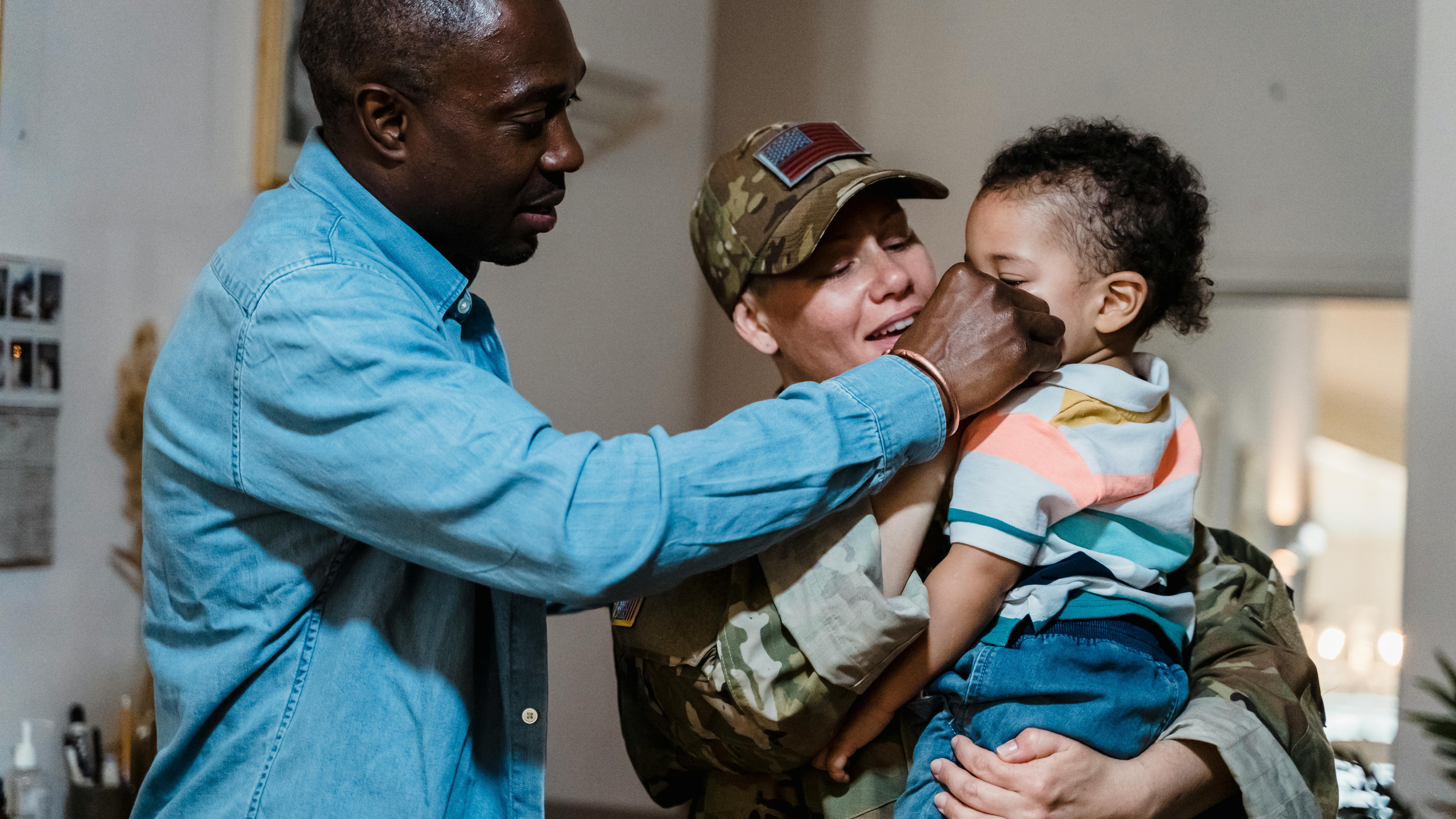
Lessons in Leadership for the Commissioning Class of 2025
As new leaders step into their roles, they face an array of challenges in a high-pressure environment. Reflecting on my own journey, a decade and a half in the making brings to light three vital lessons I wish I had learned sooner. These insights aren't merely about avoiding mistakes; they encapsulate the essence of effective leadership that can resonate across military and civilian sectors alike.
Time Is of the Essence
In the demanding realm of military leadership, time poses one of the greatest challenges. Leaders have a limited window—often just 12 to 18 months—to acclimate, implement, and effectuate change. This urgency is not confined to the military; it's a reality for business leaders and entrepreneurs, too. Every day presents an opportunity to influence your team and improve your unit, from private to sergeant to officer.
One of my primary regrets as a newly minted platoon leader was neglecting the individual growth of my team members. As leaders, we must recognize that each brief interaction can hold significant weight in shaping soldiers' futures. Whether it’s offering guidance or simply listening, these moments can serve as catalysts for personal and professional advancement.
The 60-Day Framework for Success
To help guide new leaders, I propose a structured approach to the first 60 days. The initial month, devoted to listening and observing, focuses on understanding not just your unit’s operational readiness but also the personal dynamics that drive team morale. Conduct your assessments meticulously—don’t just take your predecessor’s word for it. Engage directly with those around you to build rapport and trust, establishing a strong foundation that will allow you to lead effectively.
The plan should evolve through collaboration with noncommissioned officers (NCOs) and leadership in co-designing a realistic improvement strategy. Prioritize a couple of key initiatives to ensure clarity and effectiveness, catering to both collective and personal growth.
Collaborative Planning: A Path to Success
When drafting your plan, simplicity can be powerful. Focus on actionable, measurable goals that unite your team toward shared objectives. This collaborative approach not only empowers team members but also fosters a sense of ownership and accountability. As military members are often adept in various fields, including logistics and human resources, their insights can refine strategies to maximize unit readiness.
Learning the art of influence in leadership means evolving your approach based on the team’s needs and external conditions. Listening becomes your most powerful tool. Harness it effectively, and you’ll cultivate a resilient unit ready to adapt to the unpredictable challenges of both military operations and the corporate world.
Vision, Valor, and Continuous Improvement
Lastly, it is crucial to establish the importance of continuous learning and development. Leadership is not static; it demands adaptation and growth. Valor can manifest not just in combat but in everyday decision-making and mentorship. Remember that your legacy, as both a military leader and a business executive, will largely be defined by how you empower others and foster an environment of courage and commitment.
Thus, as the commissioning class of 2025 embarks on their leadership journey, let these lessons resonate in your actions. The potential to shape the future is in your hands—embrace the responsibility with integrity and resolve.
 Add Row
Add Row  Add
Add 




Write A Comment